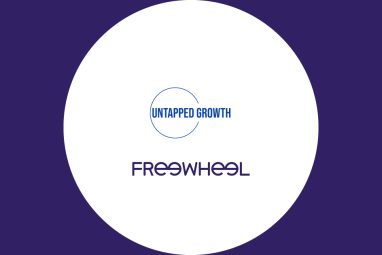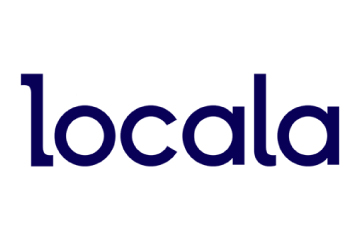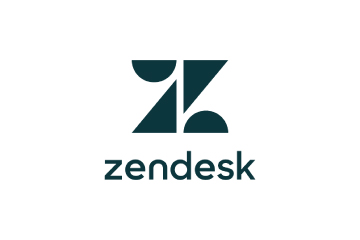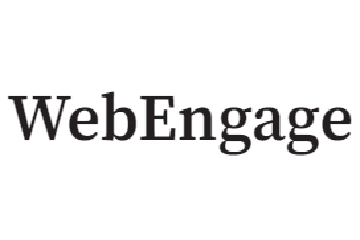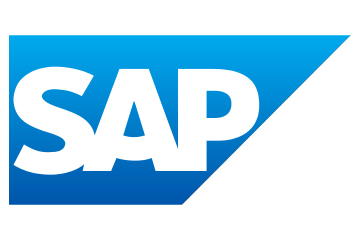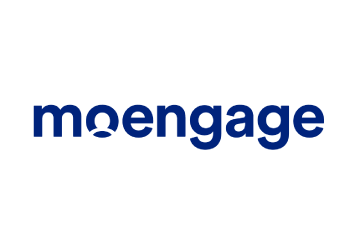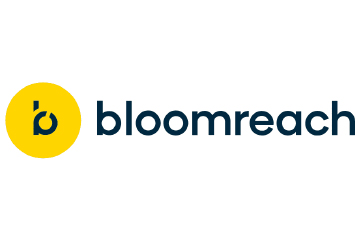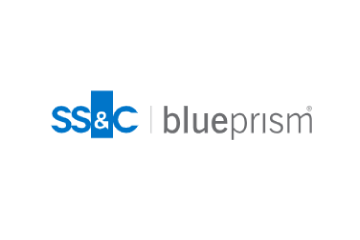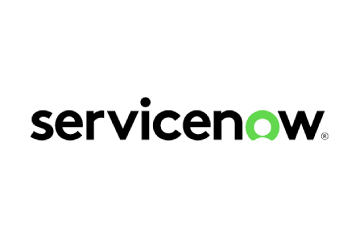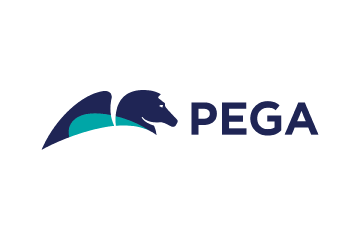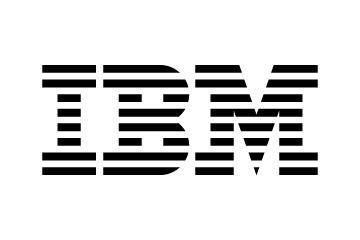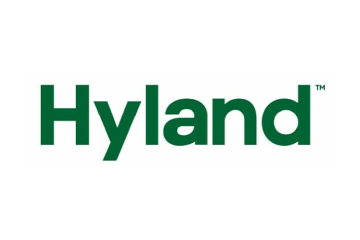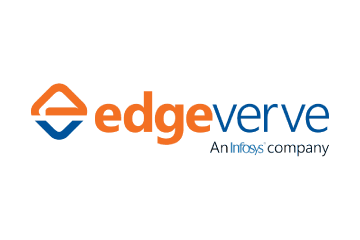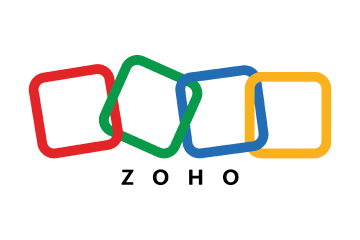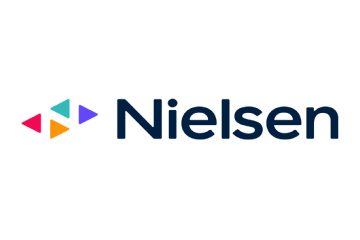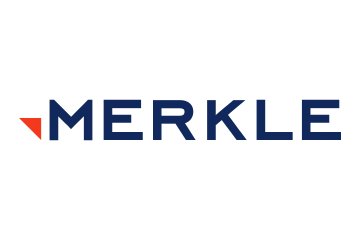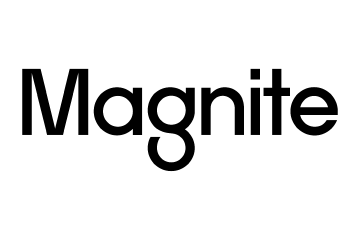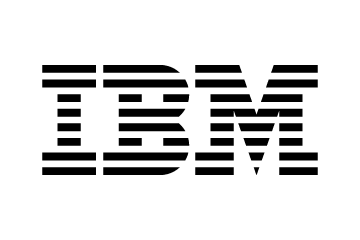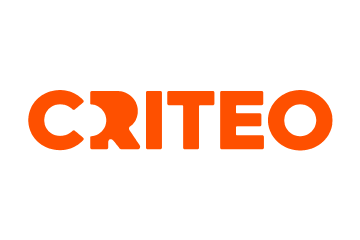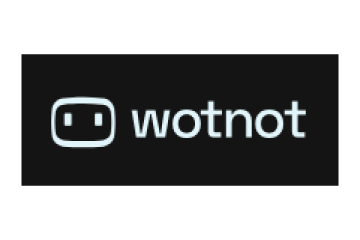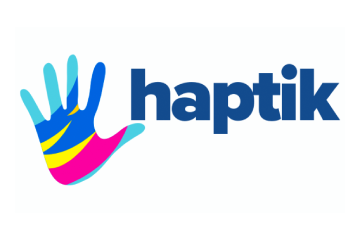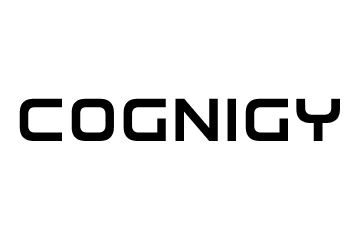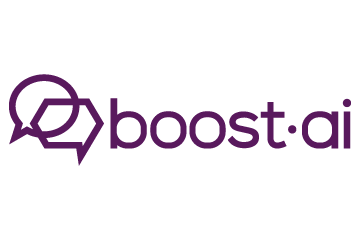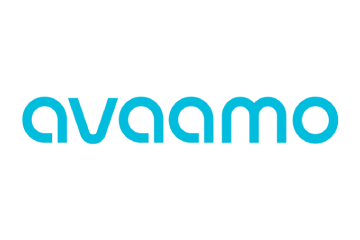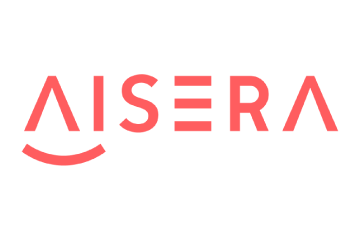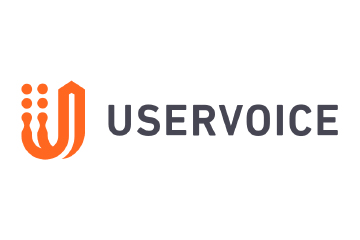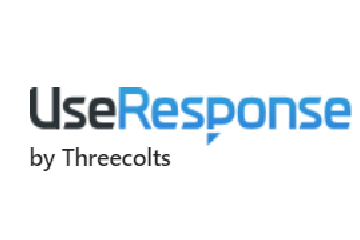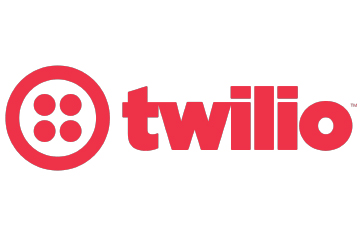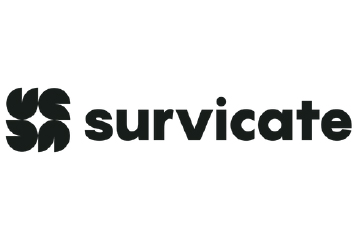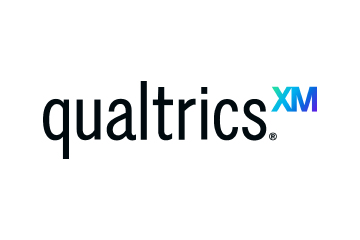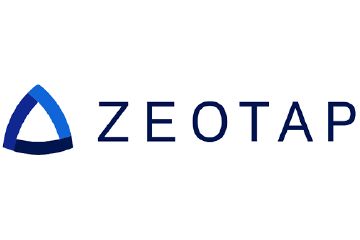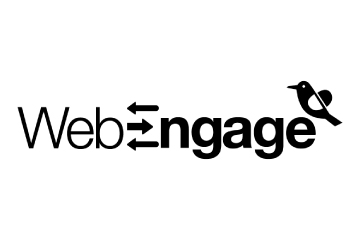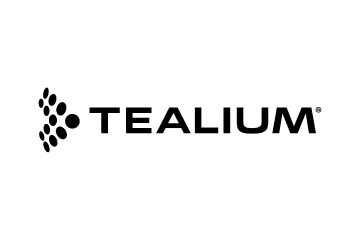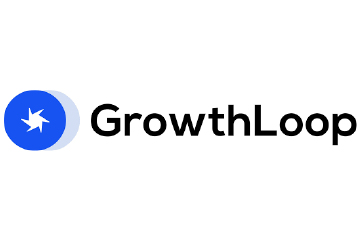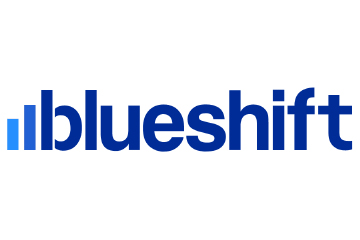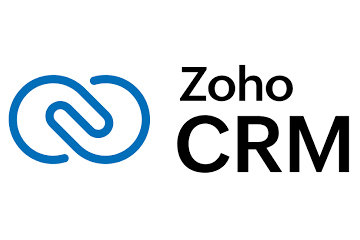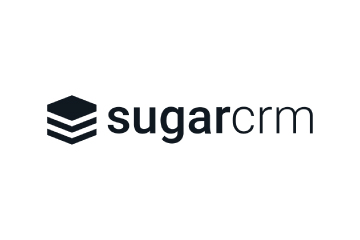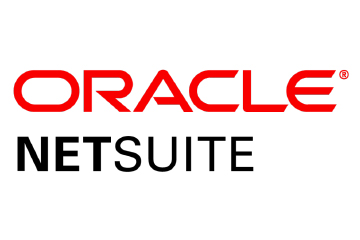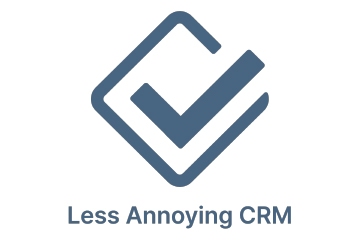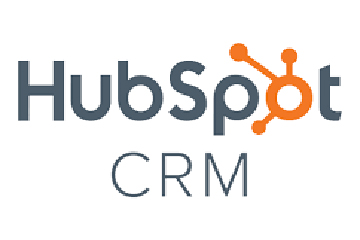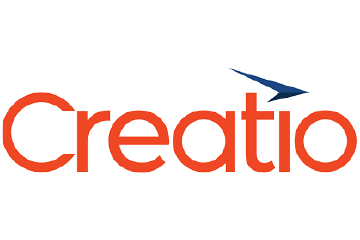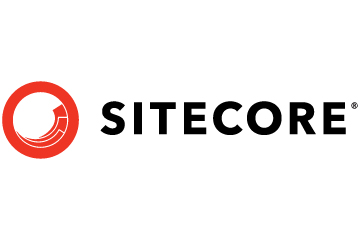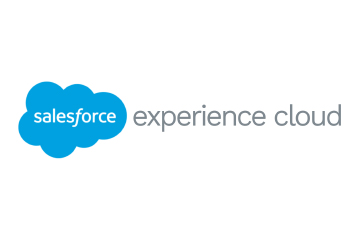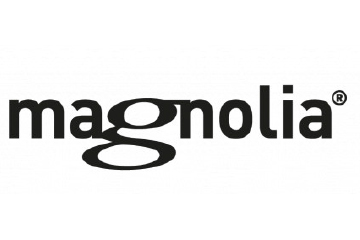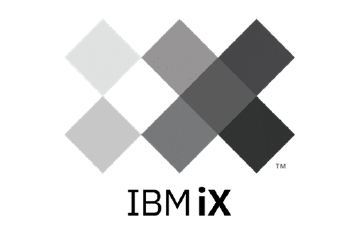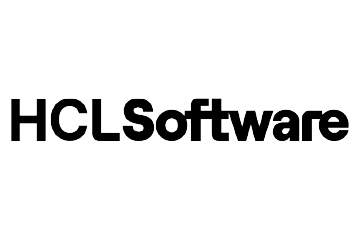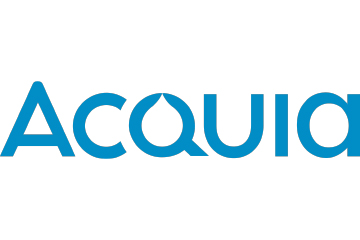Omnichannel Sales Effectiveness Jumps Significantly to 83 Per cent: McKinsey Research
Eight in ten B2B decision-makers believe omnichannel sales is as or more effective than traditional methods, according to McKinsey & Company’s 2021 B2B Pulse survey. Belief in the effectiveness of the new selling model has grown sharply throughout the past year – rising from 54 per cent at the start of the pandemic to 83 […]
Topics
What to Read Next
- Martechvibe, Braze Launch Report on How GenAI is Elevating Customer Conversations
- Untapped Growth Partners with FreeWheel to Expand Premium CTV Access
- Pattern Announces Acquisition of ROI Hunter
- MNTN Integrates with Northbeam to Improve CTV Performance Measurement
- Guideline Launches Customizable AI Agent Dashboards

Eight in ten B2B decision-makers believe omnichannel sales is as or more effective than traditional methods, according to McKinsey & Company’s 2021 B2B Pulse survey. Belief in the effectiveness of the new selling model has grown sharply throughout the past year – rising from 54 per cent at the start of the pandemic to 83 per cent in February 2021.
Further, the conviction in the ability to acquire net new customers is heightened in certain regions. B2B decision-makers in Brazil (74 per cent), China (73 per cent), and India (68 per cent) believe it to be more effective than previous sales models, which compares to those in France (42 per cent), the United Kingdom (45 per cent), and Germany (46 per cent).
The shift to omnichannel accelerated at the onset of the pandemic and has now become the predominant path for B2B sales. As in-person selling became restricted or prohibited, no single type of sales interaction arose as a direct replacement. Instead, buyers prefer a multi-channel mix to any one method on its own, and they chose in-person, remote, and digital self-serve in equal measure.
There are regional nuances around the heightened effectiveness for net new customers and upselling strategies. When it came to the ability to support upselling to existing customers, 72 per cent of sales representatives in South Korea, 69 per cent in Brazil, and 67 per cent in China found the model to be more effective than before, compared to their counterparts in Japan (46 per cent), Germany (46 per cent), and France (39 per cent).
Also Read: More Marketers are Investing in Digital Voices
Hybrid rep role expected to grow, 85 per cent believe it will be the prominent role by 2024
The drive to omnichannel commerce triggered a restructuring in the sales team. Many moved with admirable speed, adapting processes on the fly in order to respond and adapt alongside their customer base. With omnichannel now established as the new buying norm, 85 per cent of B2B organisations expect the hybrid rep to be the most common sales role in their organisation in the next three years, compared to just 28 per cent of organisations that have hybrid sales roles today. Hybrid sellers represent a combined team of field and inside sellers that sell mostly via video conference and only occasionally visit customers in-person.
20 per cent of buyers willing to spend $500k USD remotely, with remote selling expected to continue
Despite the conventional wisdom that says big-ticket sales require in-person contact, 20 per cent of B2B buyers are willing to spend more than $500,000 in a fully remote/digital sales model. And 11 per cent would spend more than $1 million. In China, the inclination to spend more than $500,000 on a remote sale jumps to 40 per cent.
This enthusiasm for completing big-ticket digital purchases has the propensity to continue, as companies are not expecting in-person selling to continue to be the norm. Most organizations say they will return to in-person selling in 2021, with 90 per cent of B2B sellers expecting to hold in-person meetings by the fourth quarter of 2021. However, only 15 per cent of organisations expect in-person sales to represent more than 75 per cent of their sales interactions.
Also Read: Hyper-personalisation is the key for marketers in 2021
CAPEX intent jumps 6 percentage points, with tech and marketing the top spend categories
Plans to increase CAPEX budgets have risen 6 percentage points over the past six months, increasing from 41 per cent in August 2020 to 47 per cent in February 2021. The intent to invest was more prominent in India (63 per cent), China (57 per cent), and the United States (52 per cent), signalling confidence in long-term growth. Managing OPEX costs were split across the board, with 40 per cent intent on decreasing, 19 per cent intent on maintaining, and 41 per cent on growing budgets over the next five years.
The biggest OPEX reductions were forecast in France (60 per cent), South Korea (52 per cent), and UK (48 per cent). The top three product categories where spend is increasing are software and telecoms services at 42 per cent, IT hardware at 42 per cent, and marketing and advertising at 35 per cent.


